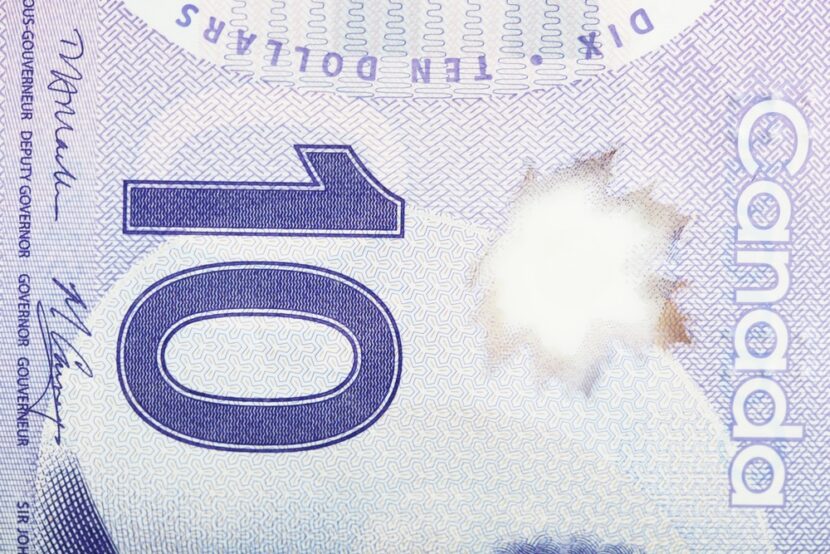CALGARY — The loonie fell below the 70-cent U.S. mark Tuesday for the first time in 13 years. In its wake, the rapidly dropping dollar is leaving a roster of winners and losers in Canada. Here’s a look at who is benefiting — and who is hurting in the travel industry:
Loser: Snowbirds. Canadians planning their winter escape to the southern U.S. will be feeling the pinch as their money won’t stretch as far.
Evan Rachkovsky, director of research and communications at the Canadian Snowbird Association, says so far members don’t seem to be cutting down on the duration of their visits to the U.S., but they will likely be spending less on everything from meals to rounds of golf.
“What I would say is happening is a reduction in discretionary spending,” said Rachkovsky.
Winner: Inbound Tourism. Canada’s tourist hotspots are getting a boost from Americans heading north of the border as well as Canadians opting to take so-called staycations.
“We’ve got a lot of drive traffic coming across the border,” said Sarah Morden, a spokeswoman for B.C. ski resort Whistler Blackcomb. “It’s just kind of a no-brainer really. We’re not that far from Washington state and we’ve got great snow and a low Canadian dollar.”
The Conference Board of Canada says overnight travel from the U.S. increased about seven per cent last year and is expected to rise another 3.3 per cent this year.
Loser: Consumers. Be prepared to pay more for anything imported, including food. The University of Guelph’s Food Institute estimates the average Canadian household spent an additional $325 on food in 2015 and is expected see an additional increase of about $345 this year because of the low dollar. This means there may be less money leftover to spend on a vacation away.
Mixed: Airlines. The airline industry has been generating windfall profits because of the lower price of oil; however, jet fuel is priced in U.S. dollars which offsets some of the gains. A weaker Canadian dollar can repress consumer spending which could also impact on Canadian passenger demand for flights. But any seats sold to foreign travellers in foreign currency would boost revenues when converted to Canadian dollars. So far passenger demand remains strong.
“I am pleased to report our highest ever load factor for the full year 2015,” said Calin Rovinescu, President and Chief Executive Officer. “In December, Air Canada generated greater traffic in all markets served and surpassed previous records for passengers boarded on two occasions during the month, with over 134,000 customers served on Dec. 30 and over 131,000 on Dec. 18. These strong results underscore the effectiveness of our commercial strategy that contributed to Air Canada serving more than 41 million customers in 2015, an all-time record for the airline.”
